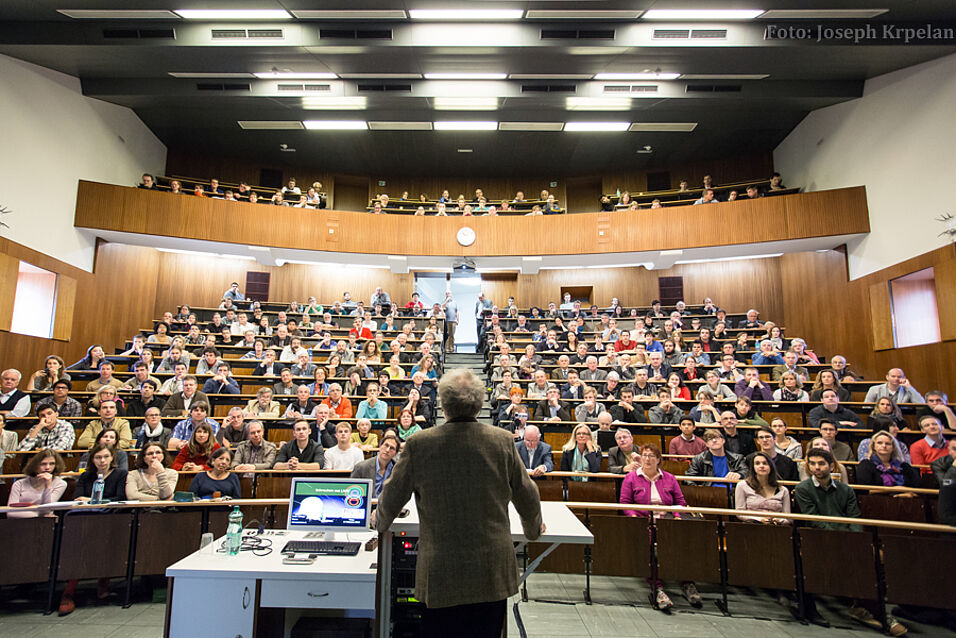Organic molecules of polyaromatic hydrocarbons were the first system in the solid state to show single photon emission [1,2]. However they are still considered unconventional sources of non-classical light. I will try to unveil part of the mystery behind such quantum emitters and show how they could effectively contribute to integrated quantum photonic platforms.
I will report on fluorescence coupling from a single molecule to a planar optical antenna [3] and a single-mode dielectric waveguide [4], discuss the integration of single quantum emitters into hybrid dielectric-plasmonic devices [5] and the coupling with 2D materials [6]. I will present our recent results about the fabrication of single-molecule doped nancrystals, preserving the optical properties of the bulk system, i.e. negligible blinking and spectral diffusion [7]. Eventually, I will report on ultrafast time-resolved transient spectroscopy on a single molecule [8].
References
[1] W. E. Moerner and L. Kador, Phys. Rev. Lett. 62, 2535 (1989)
[2] M. Orrit and J. Bernard, Phys. Rev. Lett. 65, 2716 (1990)
[3] S. Checcucci et al., Light: Science and Applications 6, e16245 (2017)
[4] P. Lombardi et al., ACS Phot., doi.org/10.1021/acsphotonics.7b00521
[5] G. Kewes et al., Sci. Rep. 6, 28877 (2016)
[6] K. Schaedler et al., in preparation
[7] S. Pazzagli et al., arXiv:1712.05178
[8] M. Liebel et al., Nat. Phot. 12, 45-49 (2017)

